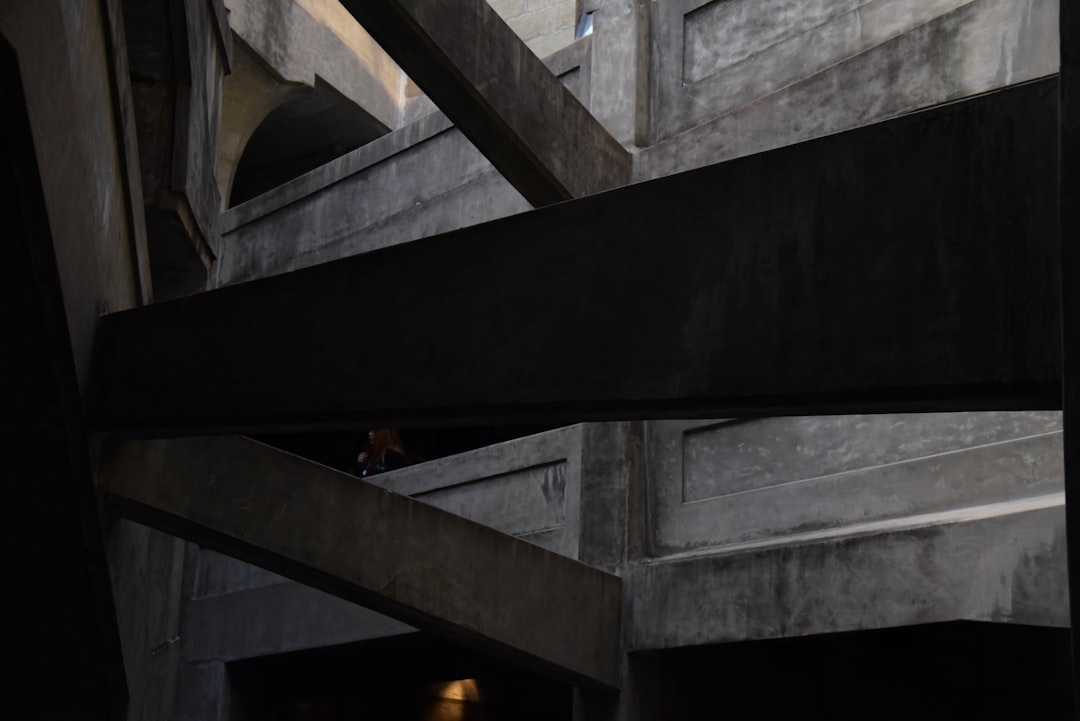Choosing the right material for a construction project is crucial for its success. Two titans dominate the world of building materials: concrete and steel. Both offer unique properties and are used extensively in various applications. This in-depth comparison will explore their strengths, weaknesses, costs, and ideal applications to help you understand which material reigns supreme for your specific needs.
Strength and Durability: A Head-to-Head Comparison
Concrete, a composite material made of cement, aggregates, and water, excels in compressive strength. This means it’s incredibly resistant to crushing forces. It’s ideal for foundations, columns, and other structural elements requiring high compressive loads. However, its tensile strength (resistance to pulling forces) is significantly lower. Steel, on the other hand, boasts exceptional tensile strength, making it perfect for beams, girders, and other components subjected to significant pulling or bending stresses. While steel can also withstand compressive forces, its primary advantage lies in its tensile capacity. The durability of both materials depends on factors like quality of materials, construction techniques, and environmental conditions. Steel is susceptible to corrosion, requiring protective measures like galvanization or painting. Concrete can crack under extreme stress or due to improper curing, but modern admixtures have significantly improved its durability and crack resistance.
Cost Analysis: Balancing Budget and Performance
The cost of concrete and steel varies depending on location, availability, and market fluctuations. Generally, concrete is often considered less expensive than steel, especially for large-scale projects. The cost of concrete is primarily determined by the price of cement, aggregates, and labor. Steel prices are influenced by global commodity markets and can fluctuate significantly. However, the overall cost of a project isn’t solely determined by the material cost. The fabrication and installation costs for steel can be higher than those for concrete, particularly for complex structures. Furthermore, the need for protective coatings against corrosion adds to the overall cost of steel construction. A thorough cost-benefit analysis considering both material and labor costs is essential for informed decision-making.
Sustainability and Environmental Impact: A Green Building Perspective
Both concrete and steel have environmental impacts. Cement production, a key component of concrete, is a significant source of carbon dioxide emissions. Steel production also requires substantial energy and contributes to greenhouse gas emissions. However, both materials can be made more sustainable through the use of recycled content and innovative production methods. Recycled aggregates can be incorporated into concrete, reducing the demand for virgin materials. Steel can be recycled efficiently, reducing the need for new steel production. Furthermore, the design and construction methods employed can significantly influence the overall environmental footprint of a project. Sustainable construction practices, such as minimizing waste and optimizing material usage, are crucial for reducing the environmental impact of both concrete and steel structures.
Applications and Suitability: Choosing the Right Material for the Job
The choice between concrete and steel often depends on the specific application and project requirements. Concrete is ideally suited for structures requiring high compressive strength and stability, such as foundations, dams, and retaining walls. Its ability to be cast into various shapes and forms makes it versatile for creating complex structures. Steel’s high tensile strength makes it the preferred material for tall buildings, bridges, and other structures requiring long spans. Its ductility (ability to deform without breaking) allows it to absorb energy during seismic events, enhancing the structural integrity of buildings in earthquake-prone regions. Often, a combination of both materials, known as composite construction, is employed to leverage the strengths of each, resulting in robust and efficient structures.
Maintenance and Lifespan: Long-Term Considerations
The long-term performance and maintenance requirements of concrete and steel differ significantly. Concrete structures generally require less maintenance than steel structures, particularly if properly designed and constructed. Regular inspections for cracks and other damage are essential. Repairing concrete structures often involves localized patching or resurfacing. Steel structures, being susceptible to corrosion, require more frequent maintenance, including regular inspections, cleaning, and repainting or recoating to protect against rust. The lifespan of both materials can be extended through proper design, construction, and maintenance practices. However, steel structures might require more frequent and costly maintenance interventions compared to concrete structures over their lifespan.
In conclusion, the choice between concrete and steel is not a simple one. It depends on a variety of factors, including the specific application, budget, environmental considerations, and long-term maintenance requirements. A thorough understanding of the strengths and weaknesses of each material is crucial for making informed decisions that ensure the success and longevity of any construction project.




